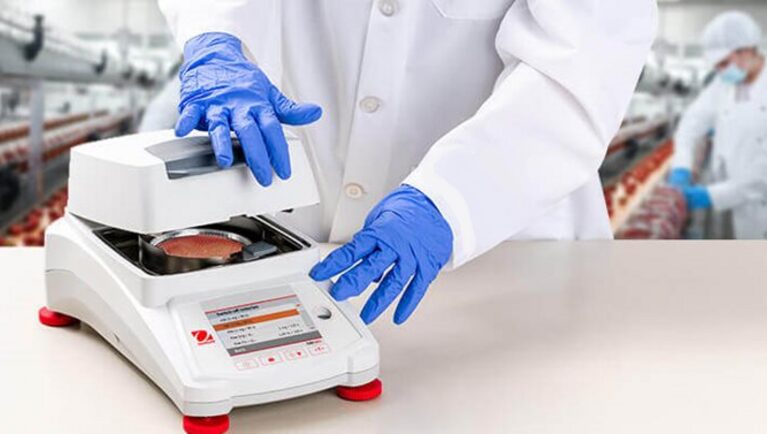In the realm of scientific measurement, understanding the moisture content of substances is crucial across various industries, from pharmaceuticals to food production.
Moisture balances, sophisticated devices designed to measure the moisture content of samples accurately, play a pivotal role in ensuring product quality, safety, and compliance with industry standards.
This blog post aims to demystify the workings of moisture balances, exploring their principles of operation in an engaging and accessible manner.
Understanding Moisture Balances
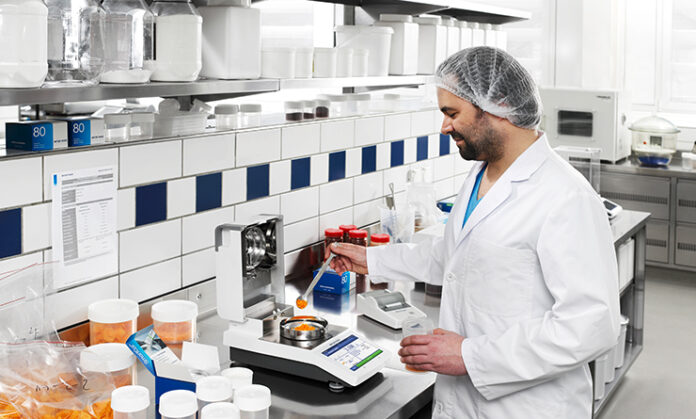
Moisture balances are not just sophisticated pieces of equipment used in laboratories; they are the unsung heroes in ensuring the quality and longevity of products we use daily. By precisely measuring the moisture content, these devices help maintain the desired quality of products, ensuring safety, and optimizing production processes.
An exemplary line of these indispensable tools can be found in the Ohaus moisture DSCbalances.com. Their range offers precision and reliability for various professional needs, embodying the blend of innovation and practical application.
A moisture balance, at its core, is a device that determines the moisture content of a sample through the process of drying the sample and measuring the weight loss. This loss is then calculated as a percentage of the sample’s initial weight, providing a direct measure of the moisture content.
This principle seems simple, yet the technology behind it is anything but. It combines the functionality of a highly sensitive scale with a mechanism to uniformly heat a sample until all moisture is evaporated.
The operation of a moisture balance begins with placing a sample on the device’s pan. Once the sample is in place, the balance heats it using a built-in heat source, which can vary from infrared lamps to halogen light bulbs, depending on the model.
As the sample heats up, the moisture within it begins to evaporate, and the balance continually measures the weight of the sample. The key to its operation is precise control over the heating process, ensuring uniform drying without overheating or burning the sample.
The Principle of Operation
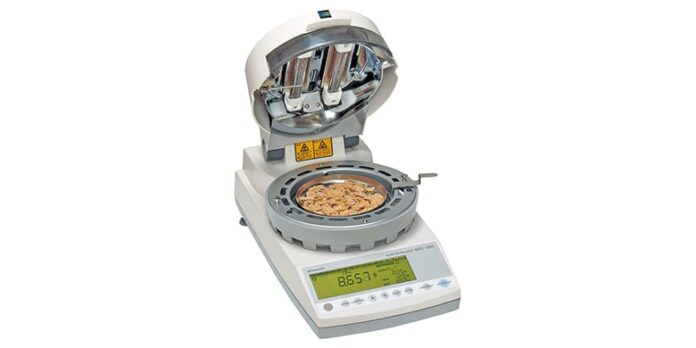
Diving deeper into its mechanics reveals a fascinating blend of physics, engineering, and chemistry at play.
The principle of operation of these devices is rooted in the careful management of heat and mass transfer processes. Understanding this principle not only sheds light on how it achieves its results but also on the factors that can affect its accuracy and reliability.
The choice of heat source in a moisture balance is crucial for its operation. Infrared and halogen lamps are commonly used due to their ability to provide rapid and uniform heating. The heat source’s efficiency in transferring energy to the sample directly influences the speed and uniformity of the drying process.
This, in turn, affects the accuracy of the moisture measurement. The heat source must be carefully controlled to apply just the right amount of energy to evaporate the moisture without altering the sample’s other properties.
As the sample dries, the moisture balance meticulously records the decrease in weight. This process requires a high degree of precision, as the weight loss corresponding to the moisture can be quite small, especially in samples with low moistness content.
The balance’s sensitivity to weight changes is, therefore, a critical aspect of its design. The data collected during the drying process is used to calculate the moisture content of the sample, with the balance’s software often providing real-time updates on the moisture percentage.
Factors Affecting Accuracy
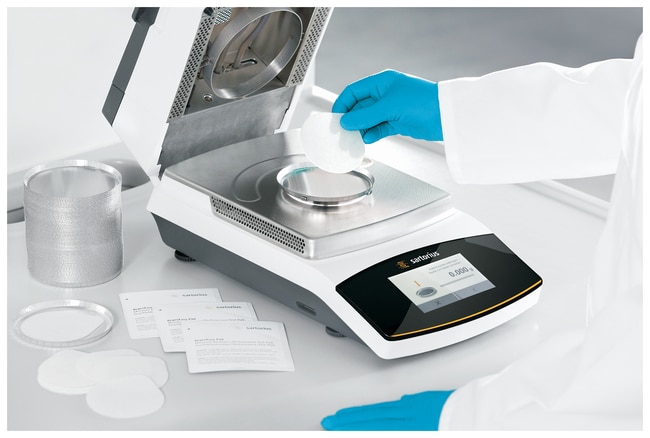
While they are designed for precision, several factors can influence their accuracy. Awareness of these factors is essential for anyone relying on moisture balances for critical measurements, as it helps mitigate potential errors and ensure the reliability of the results.
Sample Preparation
The way a sample is prepared before measurement can significantly impact the accuracy of its incredible balance. The size, shape, and distribution of the sample on the pan can affect how uniformly it dries.
Inconsistent sample preparation can lead to variations in drying rates within the sample, skewing the content measurement. Therefore, following standardized preparation procedures is crucial for obtaining reliable results.
Environmental Conditions
Environmental conditions such as temperature, humidity, and airflow in the room where the real balance is used can also affect its accuracy. Changes in ambient temperature and humidity can influence the drying process, while airflow can cause fluctuations in the balance’s readings due to its sensitivity. Maintaining a controlled environment, where possible, is advisable to minimize these effects and ensure consistent measurements.
Calibration and Maintenance
Regular calibration and maintenance are paramount to ensuring their long-term accuracy and reliability. Calibration involves adjusting the moisture balance to a known standard to ensure its readings are accurate. Over time, the sensitivity of a moisture balance can drift due to normal wear and tear, as well as the accumulation of residues from samples.
This drift can subtly affect the accuracy of measurements. To combat this, regular calibration against known standards is recommended.
Additionally, routine maintenance, including cleaning the heating element and weighing pan, as well as checking for software updates, ensures the device continues to function optimally. Neglecting these aspects can lead to significant inaccuracies, affecting the quality of data and potentially leading to erroneous conclusions about the content of samples.
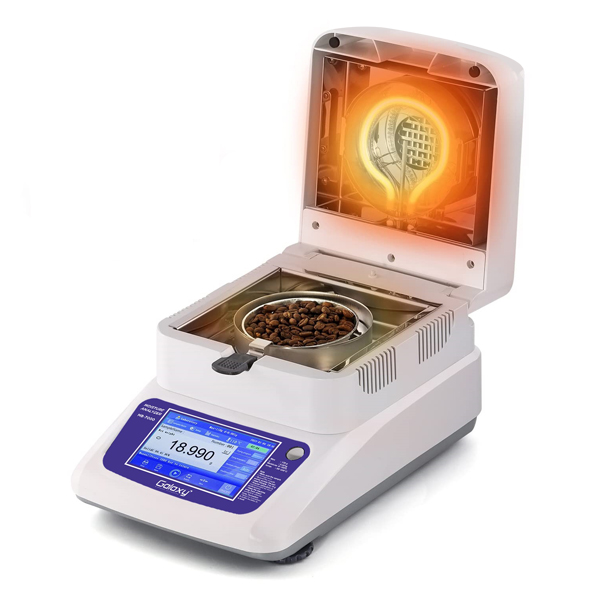
Conclusion
They embody a remarkable intersection of science and technology, providing critical insights into the content of materials with precision and reliability. Their operation, based on the fundamental principles of drying and weighing, is enhanced by sophisticated design choices from the heat source to the balance mechanism.
Understanding how it works, including the factors that affect their accuracy, is essential for professionals across various industries. By appreciating the intricacies of these devices, we can better leverage their capabilities to ensure the quality and integrity of products, from the food we eat to the medications we rely on.
As technology advances, the potential for even more accurate and efficient analysis promises to further our ability to control and optimize many aspects of production and research, underlining the continued importance of moisture balances in science and industry.

